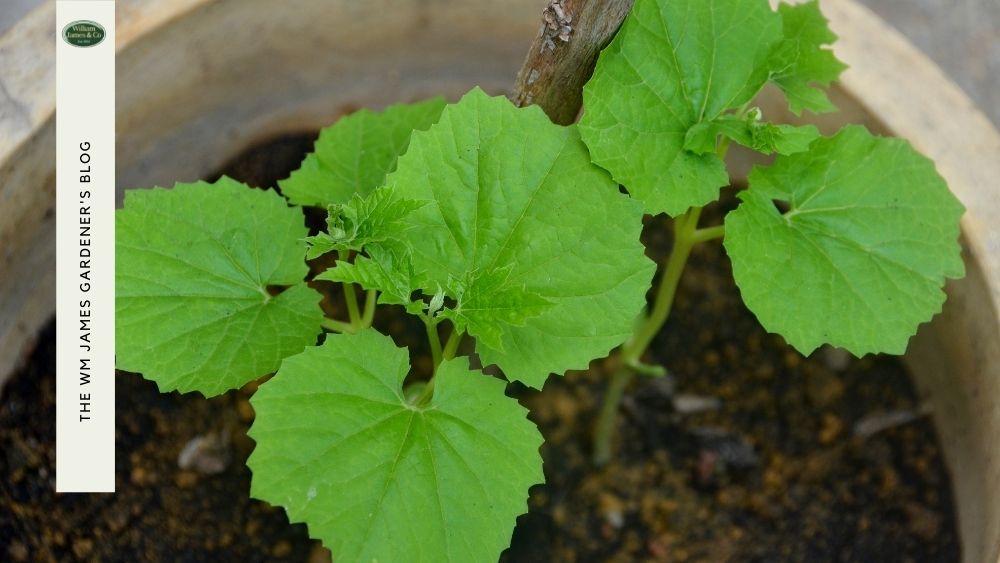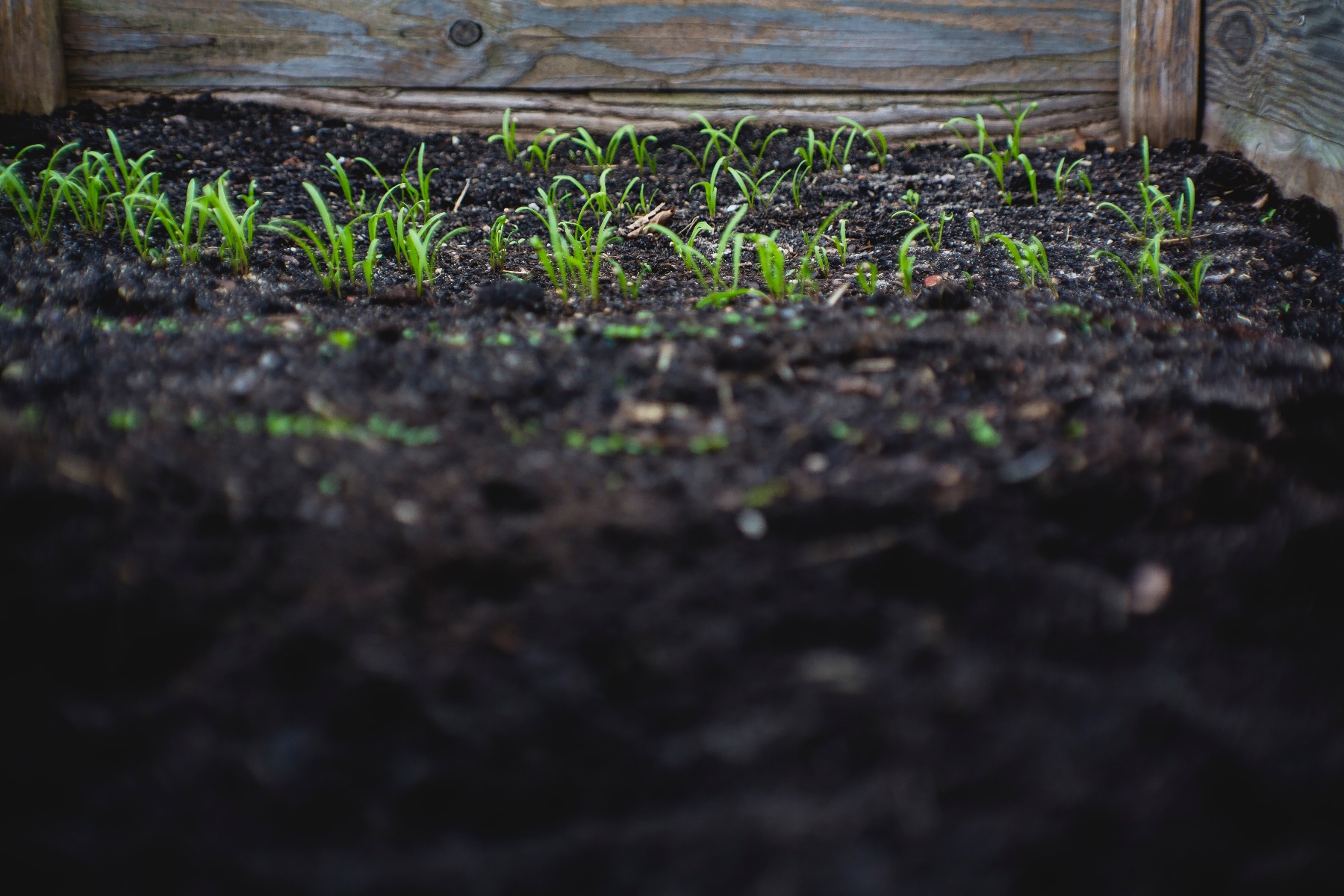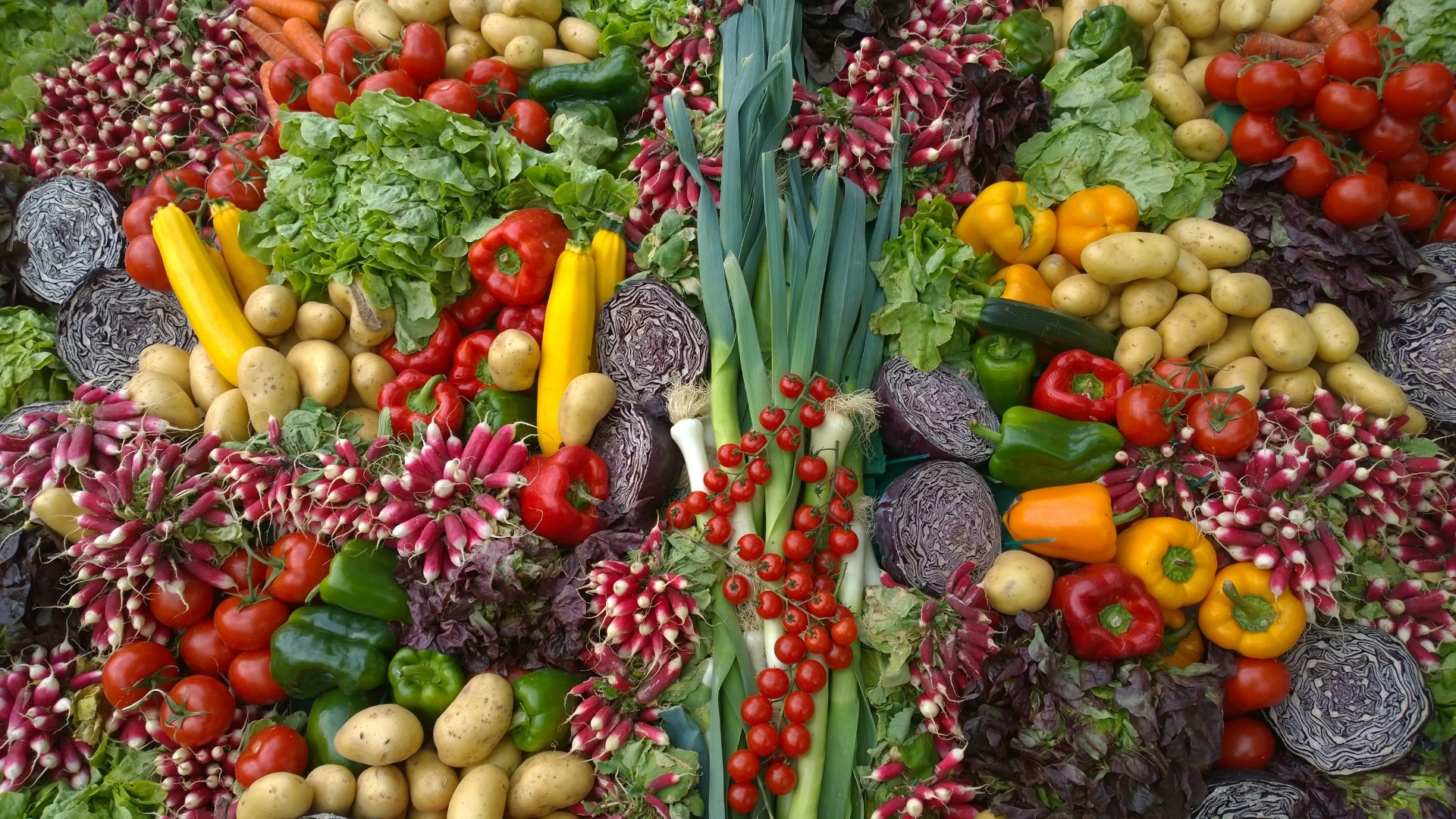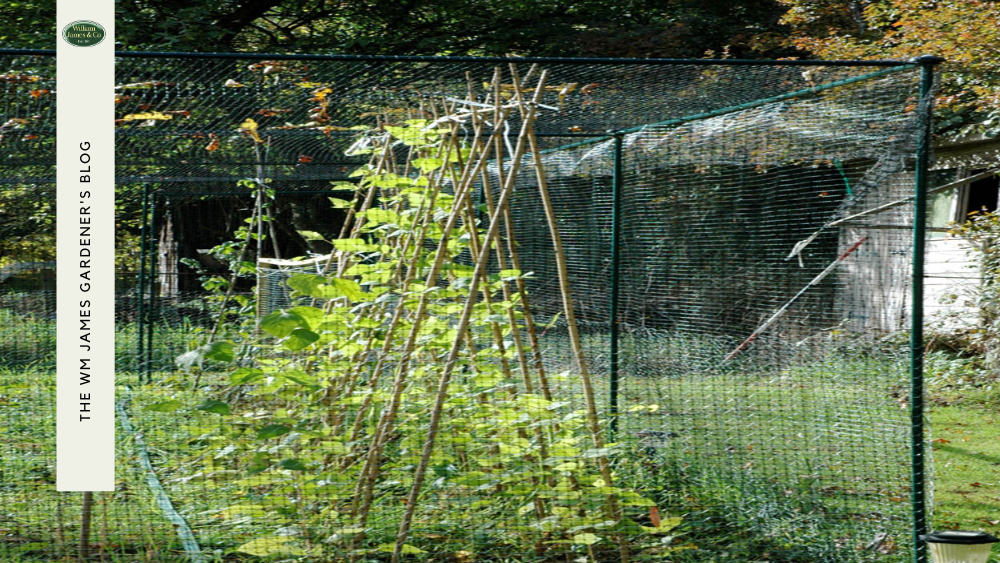We use cookies to make your experience better. To comply with the new e-Privacy directive, we need to ask for your consent to set the cookies. Learn more.
Growing Vegetables in Pots: What, When & How To Grow Container Veg
- Admin
- WM James Gardening Blog
- 26 Nov 2020
-
8views

Whether you’ve only got a patio or balcony, there are plenty of options when it comes to growing vegetables in pots. So even if you don’t have a garden, you can harvest a range of tasty veg from your own outside space. Growing vegetables in pots is becoming more and more popular as people appreciate the flexibility and extra growing space it provides.
To successfully grow vegetables in containers means knowing which are the easiest vegetables to grow, and even these come with their own special challenges, so if you want to succeed it pays to plan ahead.
Why Grow Vegetables in Pots?
Planting vegetables in containers is a versatile way of growing edible crops, particularly where space is limited. In some cases where you include herbs as part of your planting plan, growing them away from garden beds will help keep aggressive spreaders like mint and lemon balm under control.
Life in lockdown has many of us looking for all sorts of ways to brighten up the often long and featureless days and growing vegetables in pots, or flowers and fruit, for that matter, is deeply satisfying and restorative. And when harvest time comes you can marvel at the quality and flavour of your homegrown produce.
Basic Ingredients for Growing Vegetables in Pots
Finding and planning your space is the first step, and that’s before we even get into the best container type, ideal soil, water and fertiliser requirements.
Soil is your most basic of ingredients and it’s important to get it right. Do not fill your containers with soil from your garden or bagged topsoil. You should fill the containers with a "soilless" potting mix that will retain moisture and resist compaction. The RHS recommend a sterile proprietary potting compost to obtain best results.
Watering equipment in the form of a hose and/or watering can is the next priority. Plants grown in containers don’t have access to moisture below ground and on a hot day they can dry out within hours. Locate containers as close to a water source as you can to make this an easy job. A feed of general-purpose liquid fertiliser can be applied every two weeks. If frost is likely, cover the plants with horticultural fleece and move the pots to a warm, sheltered spot.

Choosing the Best Containers for Growing Vegetables
Generally speaking, the larger the container, the bigger the crop. When growing vegetables in pots go for ones with a capacity of at least 10 litres. Anything smaller than 10 litres will dry out too quickly and you’ll spend all your time watering. If you can go bigger then 20 litres is even better. Work to your budget and keep in mind how the space will fill up and the likely weight, especially once it’s full of wet soil and plant material.
Plastic pots are often the cheapest option, plus they’re light and strong. However, they may not look the most attractive. Terracotta pots insulate well and breathe, but can dry out more quickly particularly in smaller sizes.
Be creative with your container choices, too. There may be items around your outside space that you can repurpose, such as an old basin, bucket or recycling bin. Just make sure you add some drainage holes. Growing bags are another option – they’re cheap to buy and easy to use, but you’ll need to keep on top of watering.
Best Time of Year to Grow Vegetables in Containers
Growing vegetables in pots can be an all year round activity but if you’re growing outdoors then the best time is from April to October. However, the onset of winter does not mean the end of growing and harvesting your vegetables. People who do not have outdoor space grow vegetables indoors all the time. Indoor growing may not yield as much, but it is possible.
Should You Grow Vegetables Indoors or Outdoors?
Most vegetable plants like lots of sun, so it’s important to grow potted vegetables where they will receive at least 6 hours of direct light a day. South or west facing locations are the best.
If you’re growing outside, place your pots as close to your house as you can for easy access to inspect and water your plants. Try to choose a sheltered spot so your plants are kept out of cold, drying winds.
Walls, fences and hedges are good locations, or try to screen the pots to reduce the effects of the wind. Using your window ledges and balconies is a great way to get started if you don’t have a garden but make sure your pots are properly secured to prevent them from blowing off.
When choosing the best vegetables to grow indoors in pots there are plenty to choose from. The number one priority indoors is a spot that gets plenty of sunlight. It also needs to be the right temperature for plants to thrive, meaning you want to avoid both cold, drafty areas (most veggies need warmer environments to grow!). Avoid heat vents and fireplaces that could dry them out, or sunlight that's too direct and could burn your plants.

10 Easy Vegetables to Grow in Pots
How much sunlight your plants need depends on what you're growing - lettuce and herbs, for instance, require less sun, but any plants that bear fruit (like a pepper plant) will need quite a bit more light.
1) Salad crops are among the quickest and easiest vegetables to grow in pots. They also need very little room making them ideal for your first attempt at growing on a windowsill. Spring onions or scallions take up very little space and can be planted in bunches which are harvested as you need them, they are a perfect crop for small container growing.
2) Pepper plants are tropical perennials. They shrivel at just the hint of frost, but while indoors, they can thrive. Plant some sweet or hot peppers from seed or pot some plants from your garden in late summer and bring them inside. You might not get a huge harvest, but they will fruit.
3) Microgreens are tiny, fresh sprouts that are probably the most effortless edibles to grow indoors. They don’t take up much space or much time. They are a mix of seeds from various greens and herbs, such as beets, radishes, kale, Swiss chard, and basil.
4) Runner Beans are one of the most productive crops and one of the easiest vegetables to grow in pots. Indeed several kilos of beans can be grown in one pot. The orange or white flowers add beauty and the tall height of the plants add stature.
5) Potatoes are a kitchen staple that do very well in pots. You can plant in April, or earlier if you have somewhere frost free to keep them. It’s best to use ‘seed potatoes’ that are sold for growing. Get hold of some early or second early varieties if you can; these can be harvested in 10 to 12 weeks. Look out for ‘Charlotte’, ‘Athlete’ and ‘Kestrel’.
6) Carrots are very forgiving. Growing them in containers is not just a great option for indoor growing; it also solves the problem of trying to grow them in heavy, rocky soil. Smaller carrots are easiest to grow inside. Sow seeds from April, 1.5cm deep directly into your container. Cover with a fine mesh to keep carrot flies away and thin the seedlings to one plant every 2.5cm.
7) Tomatoes are one of the most productive when growing crops in containers – 5kg (10 lbs) – off one plant is common. Each plant crops for a long period, giving you fresh tomatoes over several months. And as we all know homegrown tomatoes are a taste sensation!
8) Rainbow chard with its mix of bright red, yellow and white stalks looks spectacular in a container. It grows all year round, the small leaves look beautiful in salads, and the big leaves taste delicious cooked – the stalks, in particular, taste similar to asparagus.
9) Cavolo nero (Tuscan kale) with its plumes and rich green colour is one of the most attractive container crops. It’s so hardy it will survive the coldest of winters here in the UK. Sow in August for a supply of leaves over winter or spring for a summer harvest.
10) Nasturtiums are not strictly a vegetable but are versatile edible flowers. They bring brightness and add flavour, zip and colour to salads. The small leaves are edible too and the round leaf shape adds pleasing variety to salads.
Summary
Not everyone has a large garden, an allotment, a vegetable plot or any free space in their garden to grow vegetables. So it can take some thought, imagination and ingenuity to make the most of whatever space you might have, be that a concrete path, patio, decking, balcony or even a window box.
Most vegetables can be successfully grown in pots or other growing containers provided you use a nutrient-rich compost. If you are growing vegetables in a small space make sure you use the biggest pot you can and the right compost otherwise they will dry out too quickly and your plants will struggle.
Choose from a huge range of easy vegetables to grow in pots: potatoes, chard, lettuce, cherry and bush tomatoes, peppers, eggplants, summer squash, Asian greens, pole beans. And don't forget herbs and edible flowers like nasturtiums.













